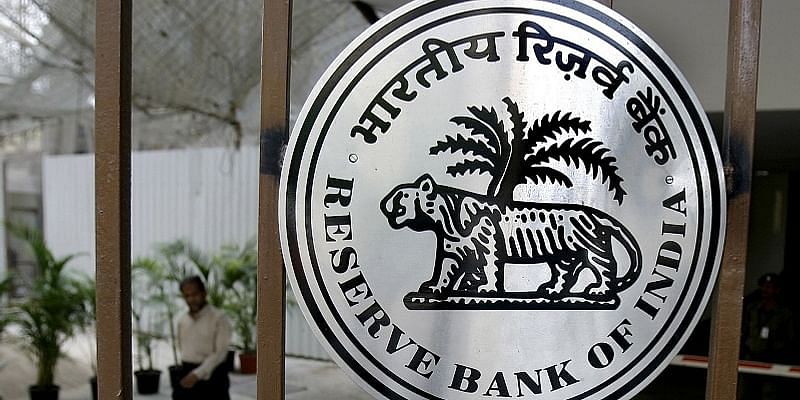The RBI on Thursday said banks’ gross NPA ratio has fallen to a seven-year low of 5% and the banking system remains sound and well-capitalised.
The declining tendency in the Gross Non-Performing Assets (GNPA) ratio is likely to continue and under the baseline scenario of the stress testing framework, it is projected to fall further to 4.9% in September 2023, the 26th issue of the Financial Stability Report (FSR) said.
The report further said the capital positions of scheduled commercial banks (SCBs) remained strong in September 2022. The Capital to Risk Weighted Assets Ratio (CRAR) and Common Equity Tier 1 (CET1) ratio of SCBs stood at 16% and 13%, respectively.
“Their GNPA ratio have been steadily trending down to a seven-year low of 5% in September 2022, while net non-performing assets (NNPA) have dropped to ten-year low of 1.3% of total assets,” it said.
The provisioning coverage ratio (PCR) has been increasing steadily since March 2021 to 71.5%.
The profit after tax of SCBs registered a growth of 40.7% in the first half of the current fiscal, led by strong growth in net interest income and a reduction in provisions.
The report also said the global economy is facing formidable headwinds with recessionary risks looming large.
The interplay of multiple shocks has resulted in tightened financial conditions and heightened volatility in financial markets, it pointed out.
For emerging market economies (EMEs), it said, the challenges are even harsher as they encounter global spillovers, debt fragility, currency volatility and capital outflows.
“The Indian economy is confronting strong global headwinds. Yet, sound macroeconomic fundamentals and healthy financial and non-financial sector balance sheets are providing strength and resilience and engendering financial system stability,” it noted.
On inflation, the report said though prices are elevated, frontloading of monetary policy actions and supply side interventions are easing the pressure.
In the financial sector, it said, buoyant demand for bank credit and early signs of a revival in investment cycle are benefiting from improved asset quality, a return to profitability and resilient capital and liquidity buffers.
These strengths are helping the financial system weather external spillovers, tightening global financial conditions and high volatility in financial markets, it noted.
Monetary tightening in advanced economies, tightening of financial conditions, geopolitical risks, global growth uncertainty and growing risks from private cryptocurrencies and climate change are cited as the major contributors to rise in global, financial market and general risks.
Talking about the regulatory initiatives and other developments in the financial sector, the report said the focus of prudential regulation globally is on protecting the financial system from spillover effects of synchronised monetary tightening by central banks amidst a highly uncertain economic environment.
On the domestic front, it said, the emphasis remains on improving the resilience of the financial system and fostering a conducive credit environment that supports a sustainable economic recovery and preserves financial stability.
In the foreword to the report, RBI Governor Shaktikanta Das said the central bank recognises the destabilising potential of global risks, even as it draw strength from the robust macroeconomic fundamentals of the Indian economy.
“The Reserve Bank and the other financial regulators remain vigilant and in readiness to ensure the stability and soundness of our financial system through appropriate interventions, whenever necessary, in the best interest of the Indian economy,” he said.










